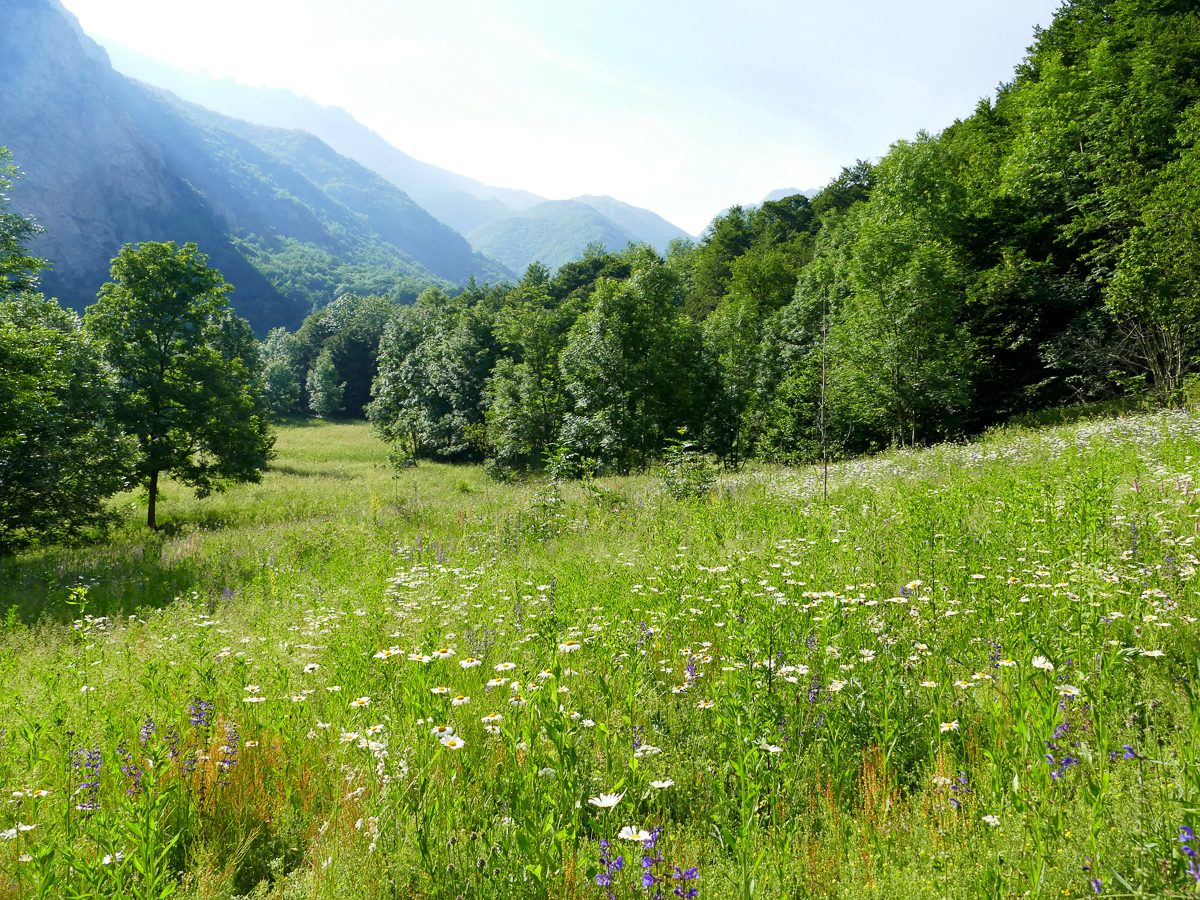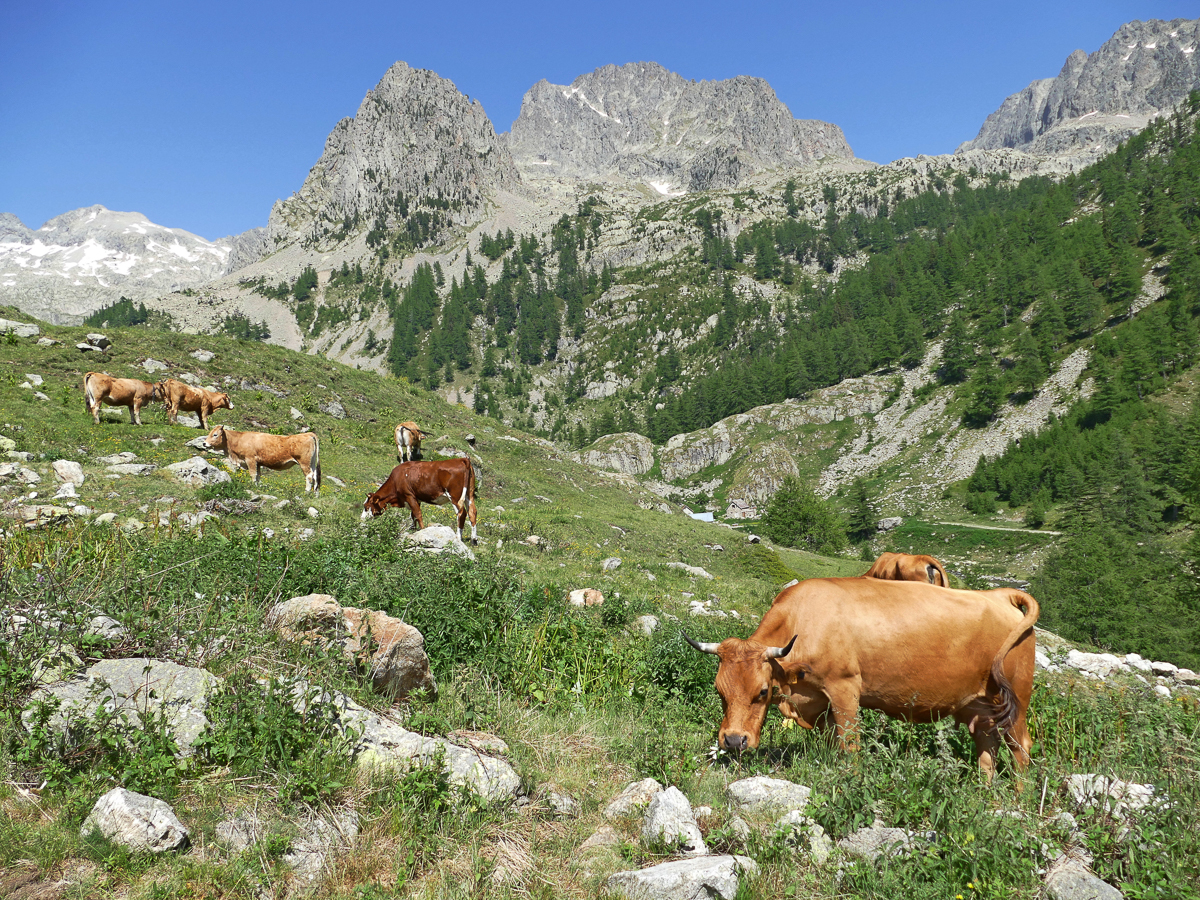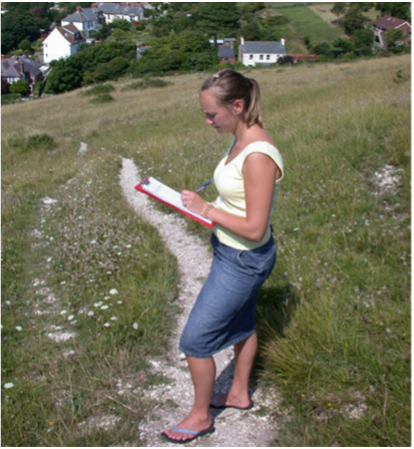
Home / Butterflies & Moths / Habitat Management for Butterflies
Butterflies are declining rapidly across Europe and over one quarter (28%) of the 442 resident species are threatened with extinction or close to being so. Most butterflies breed in habitats that have been managed by humans for hundreds of not thousands of years and the way these habitats are managed in the future is crucial for butterfly survival. Butterflies are sensitive indicators of environmental health and are representative of insects and other pollinators which are essential for the functioning of ecosystems. Managing for butterflies will therefore help a whole suite of species and help achieve the international and European goals of halting and reversing the decline of biodiversity.

Each butterfly species has its own specific habitat requirements, so management should aim to provide a range of conditions, often based around traditional land use patterns. Some species require short vegetation, while others require longer vegetation. Others still require mosaics of vegetation types. Managing for habitat variety across a landscape is thus essential to conserve the full range of typical species.

Butterflies develop from an egg that transforms into a caterpillar, then a chrysalis and into the adult butterfly. Each stage has its own requirements, for example: the specific foodplants used by the caterpillar, a safe place in which to pupate and overwinter, or a variety of nectar sources used by the adults.

Many butterflies use resources found in a range of habitat types and require mosaics of different habitats in the landscape. For example, some species breed along scrub or wood edges and need a mixture of scrub and grassland. Other species may lay eggs in one type of habitat and use nectar resources in another. The spatial scale of the mosaic will vary from region to region and will often depend on the traditional land use pattern. Sometimes it will be small fields with small blocks of scrub or woodland, while in more extensive landscapes the mosaic may be very large scale.

Grassland is the single most important habitat for butterflies and abandonment is the biggest single threat. Abandonment can temporarily lead to good conditions for many species, but will soon lead to scrub encroachment and eventual loss of suitable breeding conditions as open grassland turns to woodland. The maintenance of open grassland is thus essential, usually by the maintenance of active traditional pastoral systems, including livestock grazing and hay cutting. Socio-economic conditions will need to be considered to ensure such pastoral systems survive.

Butterfly populations can be badly damaged, or can even become extinct, following intensive and uniform management, notably hay cutting. Cutting dates should be varied as much as possible so that not all areas are cut within a narrow time window. Ideally a mosaic of small-scale cutting should be implemented, replicating traditional management before mechanisation. Leaving some areas uncut during the winter will also help butterflies and other insects that require long grass during hibernation.


Butterflies usually exist as a network of local populations between which there is some interchange of adults to form a metapopulation. Management should aim to maintain this population network across the landscape, accepting that not every locality may be suitable at any one time (though some core sites will be). Progressive loss of habitat suitability across a landscape, or new barriers to dispersal, can lead to loss of local populations and eventually regional extinction of a species through the breakdown of metapopulations. Effective landscape-scale management maintains a mosaic of suitable habitats and ensures connectivity between them. This includes safeguarding stepping-stone habitats, corridors, and open landscape features that allow butterflies to disperse and re-establish where populations have been lost.

Some form of biological monitoring is essential to assess the impact of monitoring, both at the local, regional and national scale. On protected areas, monitoring is essential to assess the viability of designated features, which may include butterflies and other pollinators. Butterflies are a sensitive indicator group that can be used to assess change (both positive and negative) and inform decision making. Many butterflies are easy to identify and there are often local volunteer groups or Societies who can help provide data. There are several standard, tried and tested techniques for monitoring butterflies, including recording regular butterfly transects or by conducting 15-minute counts. These can be used to produce species trends at site and landscape levels, as well as national and international levels.

Butterfly Conservation Europe has produced an easy-to-use app called ButterflyCount that can be used anywhere in Europe, with results going straight to a central database as well as being made available to national partners. The European Butterfly Monitoring Scheme collates national and regional data into a central database to produce a range of species and composite indicators, including the Grassland Butterfly Indicator. This is used on the EU dashboard for measuring progress with the EU Biodiversity Strategy and as a way of measuring the health of agroecosystems under the EU Nature Restoration Regulation.